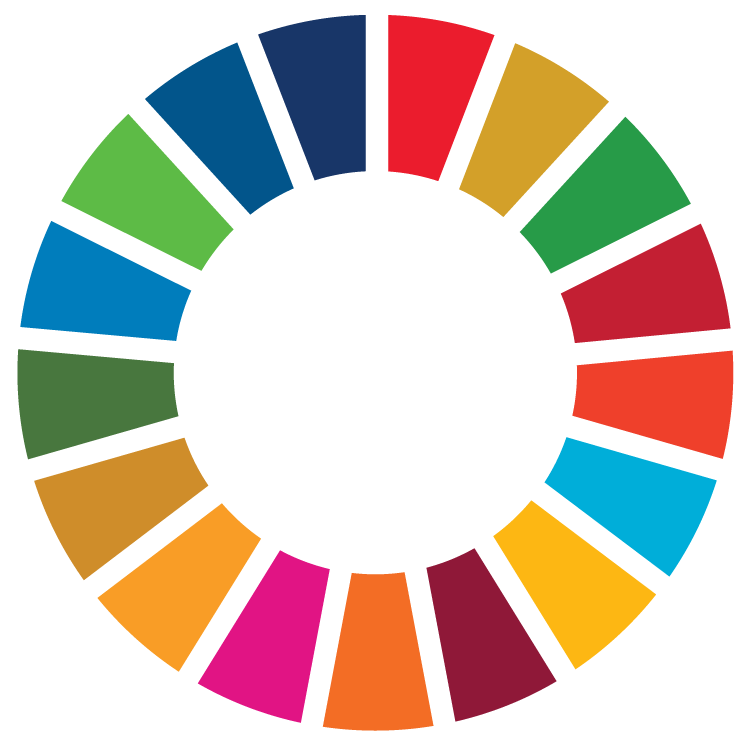


Key findings
What would energy transition goals cost developing economies?
Achieving the energy transition is projected to cost about $5.8 trillion annually from 2023 to 2030 for the 48 developing economies studied, equal 19% of their GDP.
Per person, the annual cost comes to $1,271 to achieve goals like providing universal access to electricity and improving access to clean energy, including clean cooking solutions.
Which developing economies are included in the estimates?
The 48 developing economies in the study comprise 19 that are classified as low and lower-middle-income, while the other 29 fall under the upper-middle and high-income bracket. Together, they are home to 68% of people living in developing economies worldwide.
Certain nations in the study are especially vulnerable, due to geographical or developmental factors. These include nine landlocked developing countries (LLDCs), eight small island developing states (SIDS) and six least developed countries (LDCs).
How do the costs break down by income level or country group?
Breaking the total cost down, 80% would need to be spent in the upper middle and high-income developing economies in the study. The per-person annual cost in these nations, at $2,042, is over four times higher than for the low and lower-middle-income economies.
Among the more vulnerable countries, the SIDS face the highest per-person annual cost at $1,703, compared to $695 for the LLDCs and $379 for the LDCs.
When gauged against their national economy, the LDCs bear the heaviest burden, needing nearly 46% of their GDP for the energy transition.
How big is the funding gap?
Despite the urgent needs, the current government spending trajectory leaves a yearly gap of $286 for the 48 developing economies included in the calculations. Bridging this gap would require a 5.2% increase in yearly spending.
A closer examination reveals that 98% of the gap falls within the upper-middle and high-income developing economies. Although the LDCs need a large portion of their GDP, they only face a $2 billion annual gap, while the LLDCs fall short by nearly $5 billion and the SIDS by just over $3 billion.
What would the cost be for all developing economies?
If we use the study’s median per capita cost and extrapolate the calculation to cover all developing economies, the total annual spending needs would reach up to $7.3 trillion.
When compared to a business-as-usual government expenditure trajectory, the yearly gap would be $320 billion.
Which economies will reach the targets by 2030?
If the global community is successful in closing the gap, 3 out of the 4 costed energy transition objectives in most of the 48 developing countries would be attainable by 2030. The remaining energy transition objective, increasing renewable energy share in the total final energy consumption, is unlikely to be achieved by 2040.
Understanding the pathway
The energy transition is fundamental to achieving various Sustainable Development Goals. This pathway encompasses four SDG indicators on access to energy, clean and renewable energy, and energy efficiency. Although investments in clean energy have surged in advanced economies and China, they remain flat in other emerging and developing economies.
Basic energy access and affordability remain significant development challenges in many parts of the world. However, the climate emergency underscores the need for all countries to take urgent action to diversify the energy mix and shift from fossil fuels to renewables. Energy currently contributes over two-thirds of global greenhouse gas emissions (IEA, 2020).
This pathway focuses on achieving universal access to affordable, clean energy, including clean cooking solutions. It tracks the share of renewables in the global energy mix and gauges progress made doubling the rate worldwide of improving energy efficiency.
Progress in the energy transition depends on a combination of financing sources and investments in renewable energy and clean technology, such as solar and wind power. Reducing dependence on fossil fuels and improving everyone’s access to clean energy are also vital.
To support this transition, governments might face expenses related to energy regulation, planning, production and dissemination. Additionally, they might finance research and development or provide subsidies and tax incentives for energy-efficient and clean technologies.
The cost of achieving the pathway
References
- IEA (2020). Energy is at the heart of the solution to the climate challenge. Blog by Dr Hoesung Lee, Chair of the Intergovernmental Panel on Climate Change, and Dr Fatih Birol, Executive Director of the International Energy Agency. Available at https://www.ipcc.ch/2020/07/31/energy-climatechallenge/ (accessed 17 August 2023).



